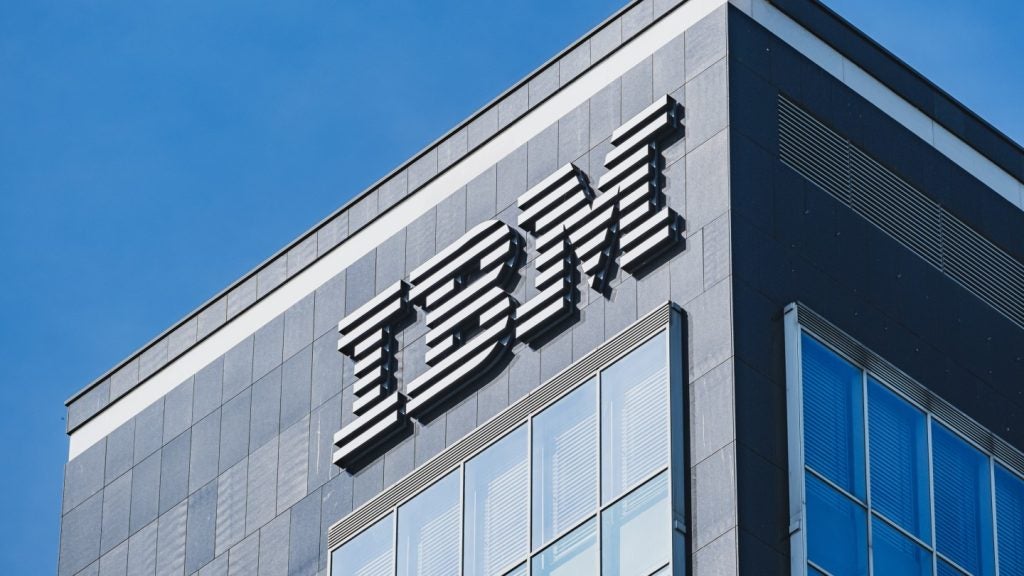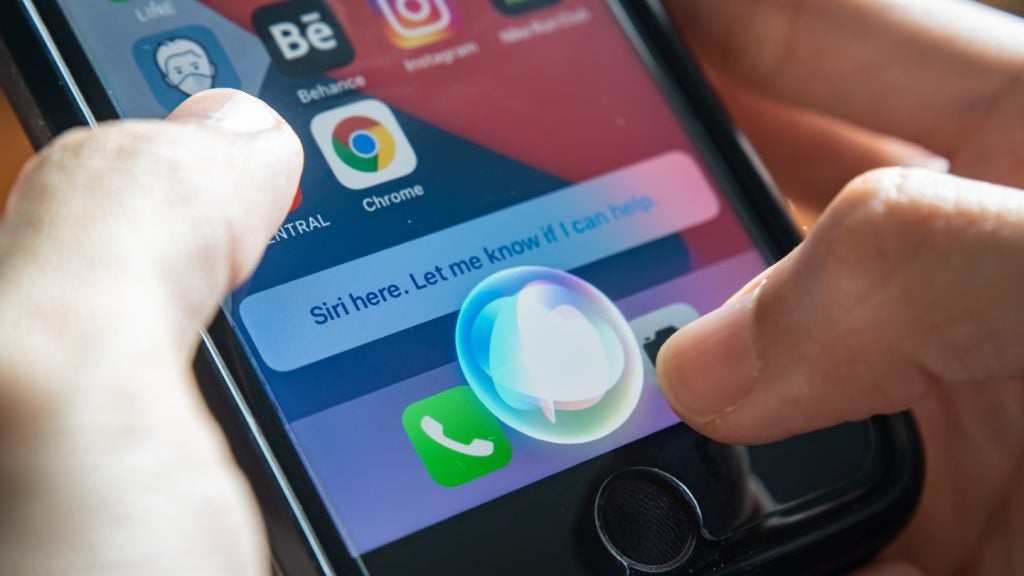The term Internet of Things describes the use of connected sensors and actuators to control and monitor the environment, the things that move within it, and the people that act within it. Strict IoT involves a ‘closed loop,’ i.e. zero human intervention at each stage, from sensing and processing to analysing and acting/action.
Listed below are the top IoT predictions, as identified by GlobalData.
For years, IoT in banking felt like a vendor construct ‘pushed’ onto the industry. Connecting “things” to the internet makes more sense for industries that have more “things” to connect. Manufacturers can put sensors in industrial machines. Insurers have ‘connected cars,’ ‘connected homes,’ and ‘connected self,’ etc. Retail banks don’t deal in such tangibles. Where an opportunity does exist, it has to be around the ‘connected customer’ to deliver more personalised products and services.
In 2020, new digital banks will begin to deliver headline-grabbing experiences here, using the sum total of what’s known about a customer in one specific context to calibrate content and functionality, commonly referred to as ‘contextual banking’ (or ‘invisible banking’). More “things” connected to the Internet will mean more data to help anticipate what customers want and more endpoints to deliver.
Incumbents will experiment with ‘Closed-loop’ IoT for automated account management, which promises breakthrough UX. In theory, customers won’t actually have to “do” anything to stay on top of their finances. IoT will make sure customers pay bills on time, transfer money between accounts to optimise yields overnight, and get the best merchant-funded rewards when shopping on location, etc.
In the US, incumbents will prototype IoT in safe branch environments, much like IoT vendors have when using new airports, shopping malls, or stadiums as de facto ‘smart city’ experiments. In-branch beacons are the most common use case. We also expect experimentation outside Asia with IoT-enabled robots. Following trials by Mizuho Financial Group and Emirates NBD, HSBC has already rolled out its Pepper robot at its flagship branch in Manhattan, followed by Seattle and Florida.
However, scaling these experiences will be a complex undertaking, requiring many different technologies and vendors to be brought together in order to deliver an integrated solution. Incumbent banks will have to change their IT infrastructure and application.
How well do you really know your competitors?
Access the most comprehensive Company Profiles on the market, powered by GlobalData. Save hours of research. Gain competitive edge.

Thank you!
Your download email will arrive shortly
Not ready to buy yet? Download a free sample
We are confident about the unique quality of our Company Profiles. However, we want you to make the most beneficial decision for your business, so we offer a free sample that you can download by submitting the below form
By GlobalDataMuch of this is not new –cloud migration, big data, and device security management sit front and centre in multi-year tech transformations that are already underway at most incumbents. But IoT or contextual banking will bring increased urgency.
This is an edited extract from the Banking & Payments Predictions 2020 – Thematic Research report produced by GlobalData Thematic Research.









Related Company Profiles
HSBC Holdings Plc
Mizuho Financial Group Inc